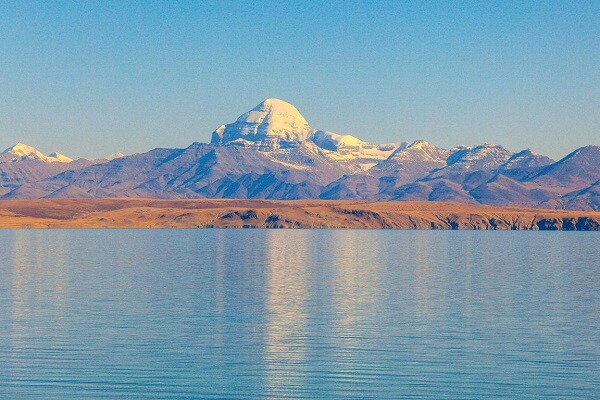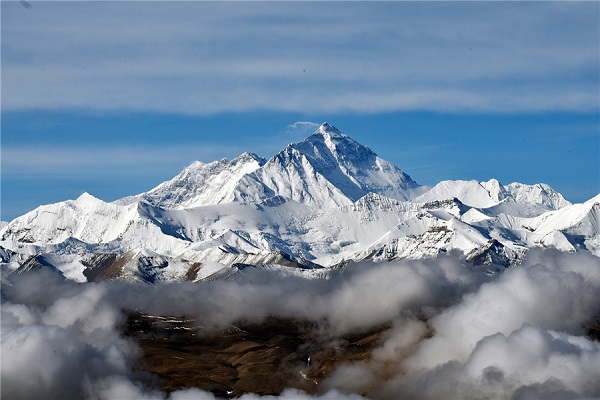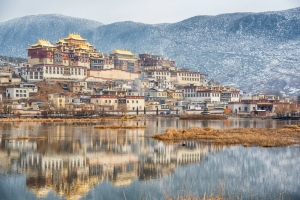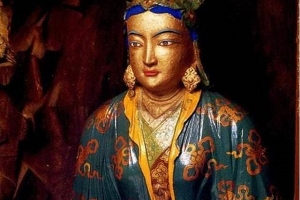Tibet, often referred to as “The Roof of the World,” is a region that captivates the imagination with its stunning landscapes, rich cultural heritage, and deeply spiritual atmosphere. For Malaysian travellers, Tibet offers a unique experience, but it also presents specific challenges and rules to navigate. Whether you are drawn to the majestic Potala Palace, the tranquil monasteries, or the serene high-altitude landscapes, knowing the ins and outs of travelling in Tibet is crucial to making your journey both fulfilling and smooth. Here’s your ultimate guide to exploring Tibet while adhering to the region’s travel regulations.
Understanding Tibet: A Unique Travel Destination
Tibet, located on the Tibetan Plateau, is an autonomous region under China. It is home to unique cultural, religious, and natural wonders. However, its political sensitivity and geographical challenges make it a place with very specific travel rules for foreigners. Before packing your bags, it’s essential to understand the basics of what makes Tibet different from other destinations.
Why Tibet is Special
Tibet is renowned for its Buddhist culture, majestic mountains, and remote monasteries. Lhasa, the capital, is home to the iconic Potala Palace and numerous sacred temples, while Mount Everest’s north face lies within Tibet’s borders. With a population of primarily Tibetan Buddhists, the region has a spiritual atmosphere unlike anywhere else on Earth.

However, Tibet is also politically sensitive, with strict regulations governing the movement of foreigners, particularly those of non-Chinese nationality. As a result, all tourists, including those from Malaysia, must follow particular rules and guidelines to ensure they have a trouble-free experience.
Travel Regulations: The Essentials for Malaysian Tourists
No Independent Travel
Unlike most other destinations, tourists cannot travel independently in Tibet. All foreign visitors must join an organised tour group or travel with an approved tour guide. Independent travel, even for experienced travellers, is not permitted due to government restrictions. The Chinese authorities require all foreign tourists to arrange a trip through a licensed tour operator who can secure the necessary permits for your travel.
Tibet Travel Permit
Before you can set foot in Tibet, you must obtain a Tibet Travel Permit, which is issued by the Tibet Tourism Bureau. This permit is required in addition to your regular Chinese visa and is essential for travel in the region. To apply for a Tibet Travel Permit, you must book your trip through a licensed travel agency, and they will handle the application process for you. Keep in mind that this permit may take several days to process, so plan ahead.

Additional Permits for Certain Areas
If you plan to visit areas outside Lhasa or near Tibet’s borders, you may need additional permits. For instance, if you want to travel to the Mount Everest Base Camp or the Tibetan border regions, special permits are required. These areas are considered more sensitive due to their proximity to international borders.
Restricted and Sensitive Areas: Where Not to Go
Tibet is a place of deep cultural significance, but it is also heavily restricted due to its political sensitivity. Certain areas are off-limits for foreign tourists, and these should be avoided to ensure you don’t face any legal issues during your trip.
Military Zones
Some areas in Tibet are military zones and are therefore closed to tourists. These include border regions and certain high-altitude areas, where the Chinese government maintains strict control. Visiting these places without proper clearance can result in serious consequences. Ensure that your tour operator has confirmed all the areas on your itinerary and that you have the correct permits.

Certain Religious Sites
Tibet is home to many sacred Buddhist sites, but not all are open to foreign visitors. Some monasteries and temples may have restricted access for tourists, particularly those that have religious or political significance. Always check with your tour operator about which sites are permissible to visit, and be respectful of local rules when visiting holy places.
Cultural Sensitivity: Do’s and Don’ts
Tibet’s culture is intertwined with its Buddhist spirituality, and visitors are expected to observe cultural norms and respect local customs.
Respect Religious Sites and Practices
When visiting religious sites, there are several etiquette rules to follow:
- Clockwise Direction: In Tibetan Buddhism, it is customary to walk clockwise around sacred objects, including stupas and prayer wheels. This practice is a sign of respect.
- Dress Modestly: While Tibet is not overly conservative in terms of dress, it’s still important to dress modestly when visiting religious sites. Cover your shoulders and knees as a sign of respect to the sacredness of these places.
- Mind Your Posture: Avoid sitting in front of religious icons, statues, or images. If you must sit, do so with your back facing away from the sacred images.
- Don’t Touch Sacred Objects: Many religious items, such as prayer wheels, are considered sacred. Do not touch these objects without permission.
Respect Local People
- Avoid Political Discussions: Tibet’s political history is highly sensitive, and it is advised to avoid discussing topics such as Tibetan independence, the Dalai Lama, or Tibet’s status as part of China. These discussions can cause tension with both locals and government authorities.
- Be Cautious of Your Actions: Simple actions like taking photos in religious or politically sensitive places can be misunderstood. Always ask your guide before snapping pictures in temples or monasteries.

The Practicalities of Visiting Tibet
Altitude Sickness: Be Prepared
Tibet’s high altitude—especially in places like Lhasa (3,650 metres/12,000 feet)—can cause altitude sickness, which affects many first-time visitors. To minimise the risk:
- Take it Slow: Upon arrival, allow yourself time to acclimatise to the high altitude. Don’t rush into any strenuous activities.
- Stay Hydrated: Drink plenty of water to help your body adjust to the thinner air.
- Consider Medication: If you’re prone to altitude sickness, consult your doctor before you travel to see if they recommend any medication.
Communication
While Mandarin Chinese is the official language of Tibet, Tibetan is widely spoken, particularly in rural areas. English may not be commonly spoken outside of major tourist hubs like Lhasa, so it’s a good idea to learn a few basic phrases in Mandarin or Tibetan to help with communication. Your guide, of course, will speak Mandarin and may have some knowledge of English.
What Not to Do: A Final Word
While Tibet is a dream destination for many, there are some critical things to avoid:
- Don’t Travel Alone: Foreign travellers are not allowed to go without a guide or tour group.
- Don’t Engage in Political Talk: Keep the political situation, including the status of Tibet and the Dalai Lama, off-limits in conversations.
- Don’t Forget Your Permits: Without the proper permits, you’ll be barred from entry. Always ensure your permits are in order before you travel.
Your Tibetan Adventure Awaits
Visiting Tibet is an unparalleled adventure, offering stunning natural beauty, profound spiritual experiences, and a chance to explore a region with one of the world’s oldest and most unique cultures. For Malaysian travellers, it’s important to follow the necessary travel guidelines and regulations to ensure a smooth and enriching journey. With careful planning and cultural sensitivity, your journey to Tibet will be an unforgettable experience—one that takes you to the mystical Roof of the World.










